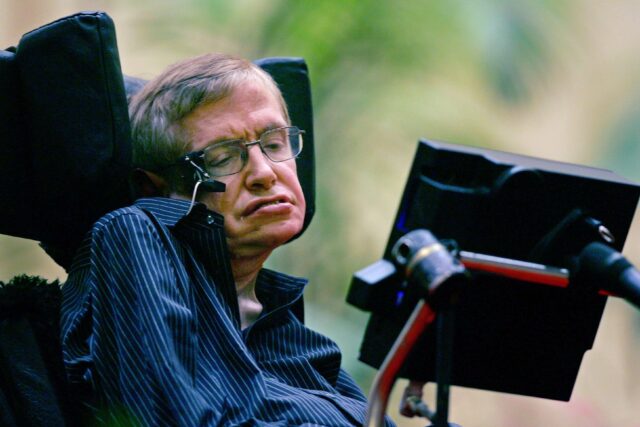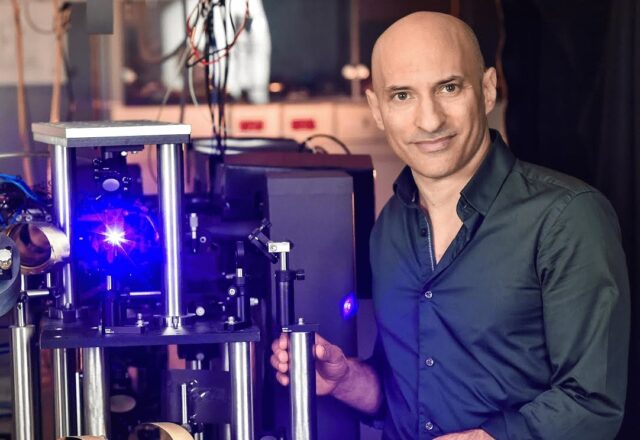If black holes in labs were fiction, we would not have this article here. The future is now.
Experiment Complete

Researchers at the Technion-Israel Institute of Technology are creating their own black holes.
In 1974, Stephen Hawking theorized that black holes were not the pitch-black star swallowers astronomers imagined, but they spontaneously emitted light, a phenomenon now dubbed as Hawking radiation.
The researchers’ lab-grown black hole was the product of a flowing gas of approximately 8,000 rubidium atoms cooled to nearly absolute zero and held in place by way of a laser beam.
They created a Bose-Einstein Condensate (BEC), which permits heaps of atoms to act collectively in unison as even though they have been a single atom.
Using a second laser beam, the team created a zone of potential energy, which caused the gas to flow like water rushing down a waterfall, thereby creating an event horizon. One half of the gas was travelling faster than the speed of sound, while the other half was slower.
The scientists then looked for pairs of quantum sound waves called phonons instead of pairs of photons, which were spontaneously formed in the gas.
Also Read: Why Was Everyone In Awe Of Stephen Hawking, And What Made Him Deserving Of It?
The Event Horizon
The event horizon is the “point of no return” in a black hole. Once you approach the event horizon, the gravity becomes so dense that even light cannot escape it. To escape this boundary, a particle would have to break the laws of physics and travel faster than the speed of light.

According to the paper published by Victor I. Kolobov, Katrine Golubkov, Juan Ramón Muñoz de Nova and Jeff Steinhauer, they
“…observe the ramp-up of Hawking radiation followed by stationary spontaneous emission, similar to a real black hole.
The end of the spontaneous Hawking radiation is marked by the formation of an inner horizon, which is seen to cause stimulated Hawking radiation, as predicted.
We find that the stimulated Hawking and partner particles are directly observable and that the stimulated emission evolves from multimode to monochromatic…”
This basically means that Mr. Hawking was right about the theory that black holes emit light spontaneously.
The Inference
Once the phonon pairs were found, the scientists had to confirm if it was correlated and if the Hawking radiation remained constant over time. This was a tricky process because every time the analogous black hole’s picture was taken, it was obliterated by the heat created in the process.
So they repeated their experiment 97,000 times, over a span of more than 124 days of continuous measurements in order to find the correlations. In the end, their persistence paid off and they showcased the Hawking radiation was stationary, exactly as theorized.
Hawking was indeed a man ahead of his time.
Image Sources: Google Images
Sources: Live Science, Times Of Israel, Phys.org
Find The Blogger: Shouvonik Bose
This post is tagged under: Stephen Hawking, black holes, Bose-Einstein condensate, lab-made black holes, uses of rubidium, laser beams, Hawking radiation, monochromatic black hole, Technion-Israel Institute of Technology, event horizon, new science experiment, breakthroughs in physics, absolute zero
Also Recommended:
A Cat Co-Authored A Research Paper In 1975: Let’s Meet Chester





























